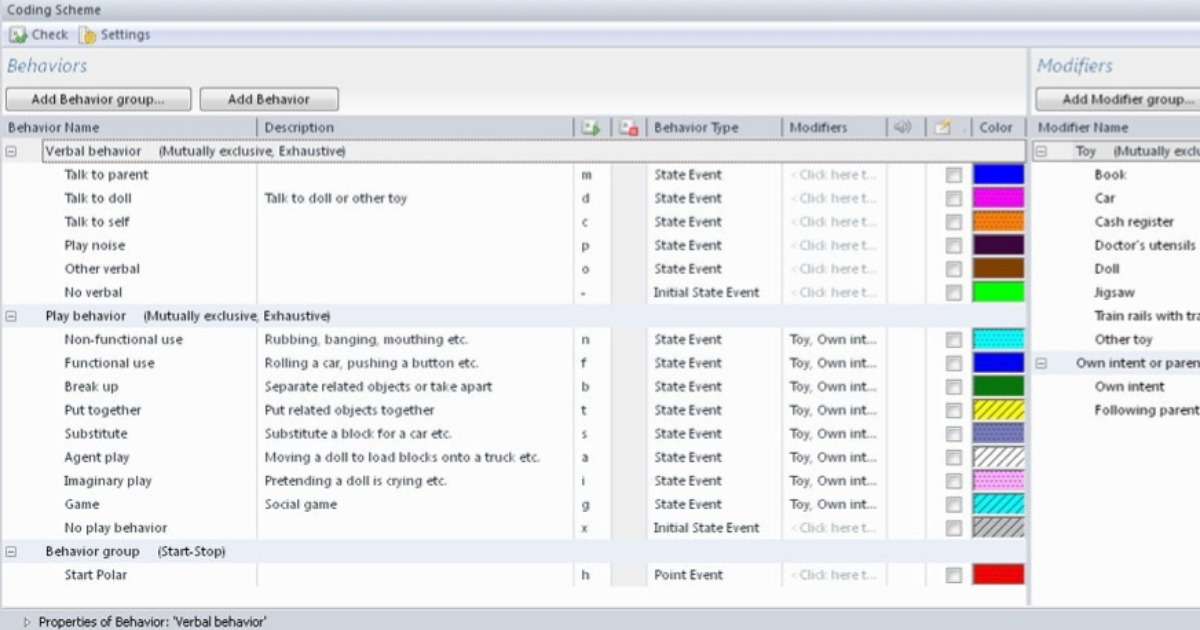
A coding scheme to capture interactive behaviors during triadic consultations
The research team of Yuan developed and refined a coding scheme which can serve as a tool to identify specific triadic communicative strategies that are effective in improving children’s engagement and reducing distress.

Top 10 best human behavior research blog posts in 2019
As we are in the middle of the holiday season, it is time to look back on another year on the Behavioral Research Blog! What are the best reads on human behavior research?

7 Tips how to set up a coding scheme
The coding scheme or ethogram determines what data you collect and is, thus, an essential part of your behavioral study. Tips to set up a coding scheme (+free white paper with all 7 tips to set-up your coding scheme).

In home study of older persons
Older people are healthier these days and like to live in their own homes as long as possible. As a result, the need for home care services is increasing.

Three examples of nurse-patient interaction research
The use of video technology in nurse-patient interaction research offers important advantages to scientists in unraveling complex behavior patterns. Learn more!

Consumer behavior: do we enjoy the buffet to its fullest potential?
In a buffet restaurant, do you also want to try another dish? Just because it's available? Read this blog post about how choice influences eating behavior.

Effectiveness of video feedback in education
Did you know that video feedback in education is efficient? This and 5 more reasons why video debriefing in education is effective.

To be ravenous or to be social
Prosocial behavior, a voluntary behavior to benefit another, is an interesting concept from an evolutionary point of view. At first sight it may seem logical to be social.

Understanding adolescent emotions
How are adolescents’ emotions socialized by mothers and close friends? A recent study focuses on dealing with depression in adolescence.

Mealtime difficulties can lead to bad nutrition in nursing homes
People with dementia often experience life from moment-to-moment, which leads researchers to argue that they benefit from a person-centered approach.
